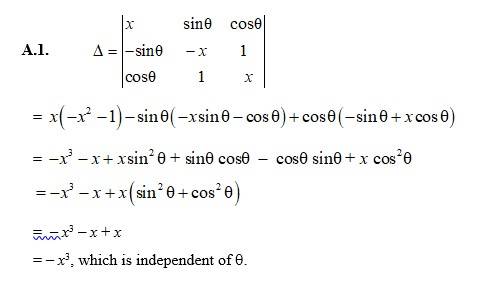Determinants
Get insights from 194 questions on Determinants, answered by students, alumni, and experts. You may also ask and answer any question you like about Determinants
Follow Ask QuestionQuestions
Discussions
Active Users
Followers
New answer posted
5 months agoContributor-Level 10
Taking a, b, c common from c1, c2 and c3 respectively
Expanding along
New answer posted
5 months agoContributor-Level 10
Taking 3x+a common from
Either
Or
Expanding along ,
is the only solution.
New answer posted
5 months agoContributor-Level 10
Taking 2(a + b + c) common from R1
Either i.e. a+b+c=0 or
and
Expanding along
Multiplying by -2
Either a+b+c=0 or a=b=c
New answer posted
5 months agoContributor-Level 10
L.H.S.=
Multiplying R1, by a, R2 by b and R3 by c
Taking abc common from c3 =
Inter changing c1 and c3 =
Inter changing c2 and c3 =
New answer posted
5 months agoContributor-Level 10
Let k, y and z be the cost per kg of onion, wheat and rice. Then, we form a system of equations as follows
4k + 3y + 2z = 60
2k + 4y + 6z = 90
6k + 2y + 3z = 70
In matrix form we can write,
AX = B
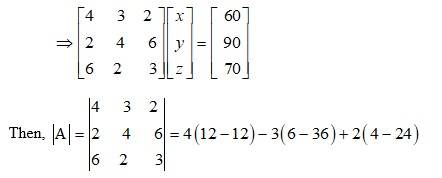
= 0 - 3 (-30) + 2 (-20)
= 90 - 40
= 50 ≠ 0.
∴ The system has a unique solution.
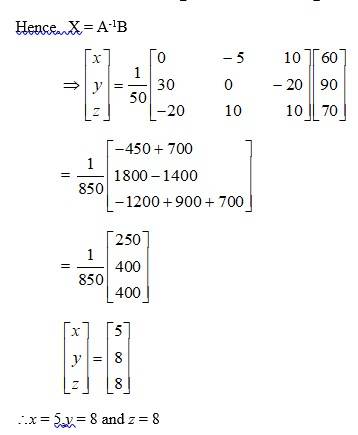

The cost of onion, wheat and rice per kg are? 5? 8 and? 8 respectively.
Taking an Exam? Selecting a College?
Get authentic answers from experts, students and alumni that you won't find anywhere else
Sign Up on ShikshaOn Shiksha, get access to
- 65k Colleges
- 1.2k Exams
- 679k Reviews
- 1800k Answers


 . Verify that
. Verify that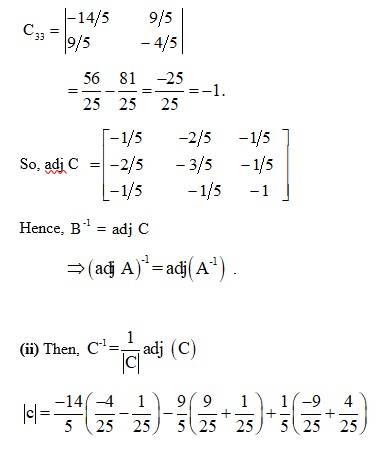
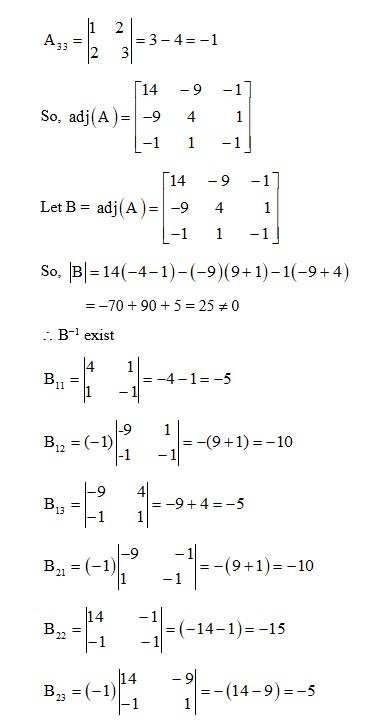
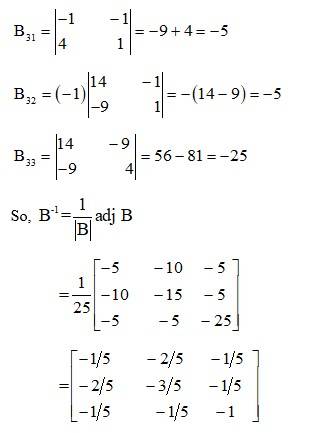
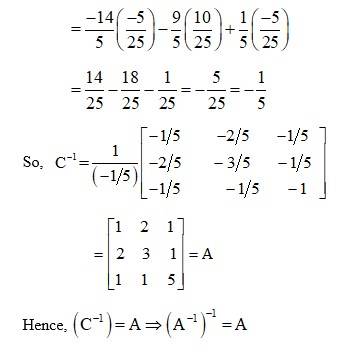
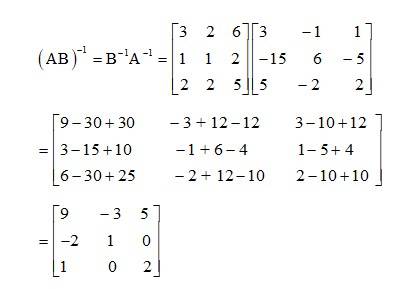


 is independent of θ.
is independent of θ.